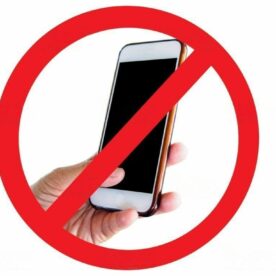
If you run a telephone support or information service for your customers, this scenario might sound all too familiar:
A customer calls your service number, already stressed about the problem they’re facing, and now doubly annoyed and frustrated because they don’t really know how much this call is costing them and they think it’s your fault. You’re trying your best to resolve the issue, but all they want is to end the call as fast as they possibly can.
It’s a bad situation for both you and the customer – and there’s always the risk that, when they do get their phone bill, they’ll be back in touch to complain that it’s higher than they anticipated.
All in all, these kinds of altercations can leave a bad taste in the mouth. On both sides.
But the good news is, these situations are no longer an unavoidable occupational hazard.
Why? Because, since 1st July 2015, there has been a vastly more streamlined system in place for calculating call rates.
It’s called UK Calling, and it works like this…
Customers looking up a service number used to be stuck with a very vague description of costs – usually telling them how much it will cost per minute from a BT landline, but that calls from mobile or other providers were likely to cost significantly more.
Now, the system has been simplified. The costs are divided into two parts.
The first is the access fee, which is the amount their mobile phone provider or landline operator charges them per minute for service numbers and is always the same, meaning that they probably either have a good idea of the figure, or can at least look it up in a jiffy.
The second is the service fee, which is what you’re charging them.
This is, of course, a welcome development for your customers, who were probably sick of getting surprises in their bill. But it’s also very good news for your business.
For starters, in the past, these two figures were jumbled in together. So, if a mobile phone provider was charging users a hideous amount to call you, it would look like your company was rinsing your customers. And you’d bear the brunt of the complaints.
Instead, you can be super clear about the fees you charge, helping to build customer trust in your brand, and remove some of the tension when they call.
Just make sure you’re being proactive about making it as easy as you can for customers to find information about call costs on your website, emphasising your commitment to transparency and ensuring you’re in line with Ofcom rules.
Next, while you are under no obligation whatsoever to change your number, it’s a good time to think about whether you should.
If you haven’t yet made the move to an 084, 087, 09 or 118 number, or even a freephone 0800 / 0808 number, now’s your chance. That’s because freephone numbers are now actually free from mobiles as well as landlines, while the other service numbers are far less likely to put customers off using them – a major concern until last year.
So, if you’re fed up of having your phone number tie you to a regional location and would prefer a more “national” number, it’s a good time to take the plunge. Plus, you can also use the opportunity to reach out to your customers, explaining how this could save them money when they call and highlighting the quality of your phone support service.
All in all, the new UK call rates a great step forward for everyone – you and your customers. By stripping away ambiguity, you can take more control over how your customers perceive your service and how much you charge them to use it, while strengthening their faith in your brand.
It’s one less thing to worry about, meaning that you can focus instead on what really matters: providing top-notch customer service and building relationships that help your business to thrive.


